Anyone with the skills and artistry can become a mangaka in Japan, but it’s not as easy as you think. It’s a hard industry to enter, even for Japanese artists. Manga has been around in Japan in many forms throughout its history and has deep roots in Japanese culture.
This has made it a little harder for foreign manga artists trying to get a foothold in the business. However, some have broken through such as Boichi (Dr. Stone) who is from South Korea.
The rest of this article is going to detail how foreign mangakas can enter the industry and everything that needs to be done before that can be achieved.
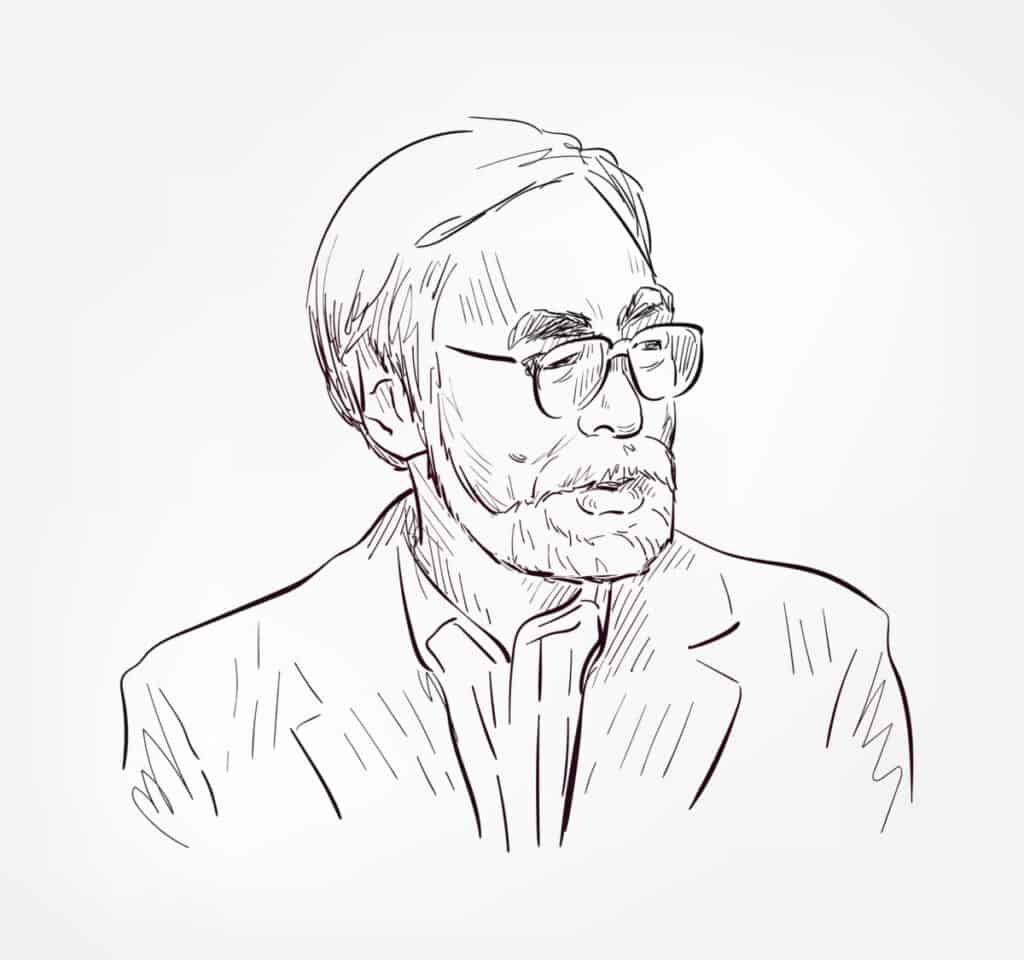
What Is Manga?
Manga is comic books of Japanese origin. The manga comics we know of today follow a style that was first used in the 1990s with a history that goes back to early traditional Japanese art.
The term Manga is used in Japan for both cartooning and comics alike, but internationally it specifically refers to comic books from Japan or comics in the modern Japanese art style.
Manga comics are frequently adapted into Japanese animation series.
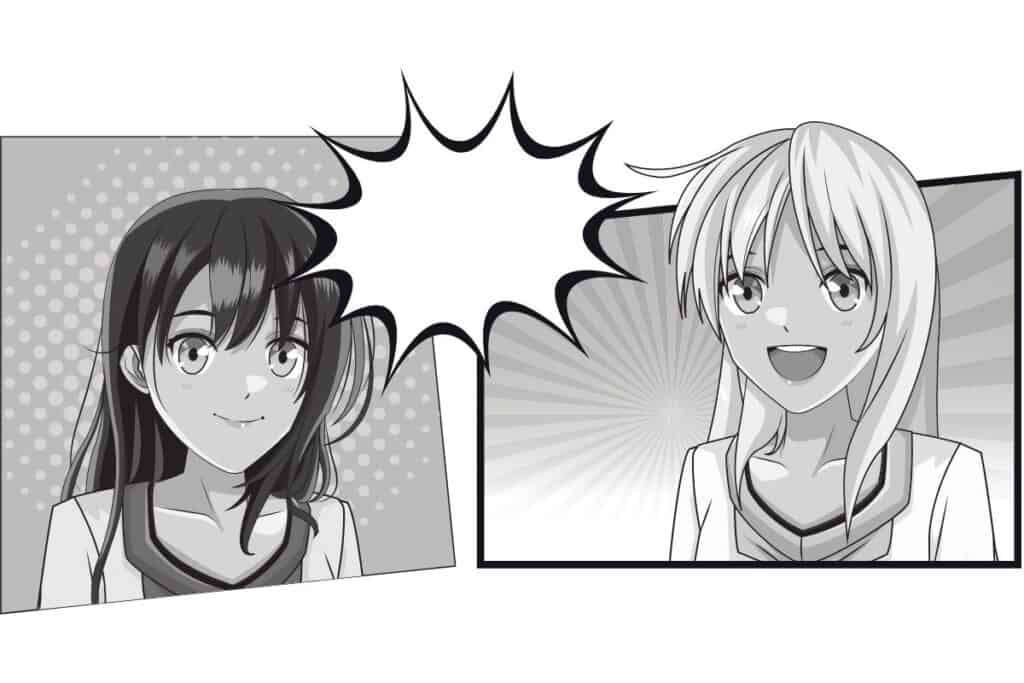
Are All Manga Artists Japanese?
Not all are, but they make up the majority. There are a number of “gaijin” or foreign manga artists and anime studios.
Foreign manga artists come from anywhere in the world and want to share in the art form that has had a hand in inspiring their art.
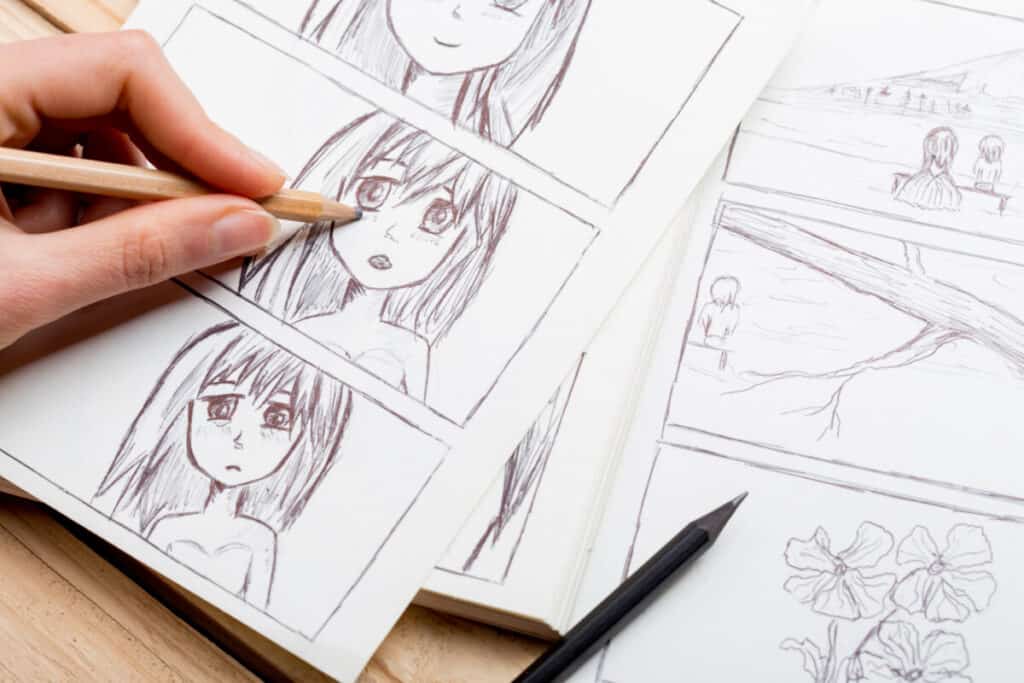
How Can A Foreign Artist Become A Mangaka In Japan?
There are three ways foreigners to the Japanese manga market can enter the industry in Japan. The first thing needed is a work permit which is required if you want to work in Japan.
That can be attained by going to the nearest Japanese Embassy local to you in order to apply for one or find information on how to attain a visa or work permit.
The most common ways used by foreign and domestic artists to begin working in the manga industry are to apply for a Manga Award or new comics award and win, bring your portfolio/works to a comics publisher, or publish your work online. All these are common ways to get noticed in the industry.
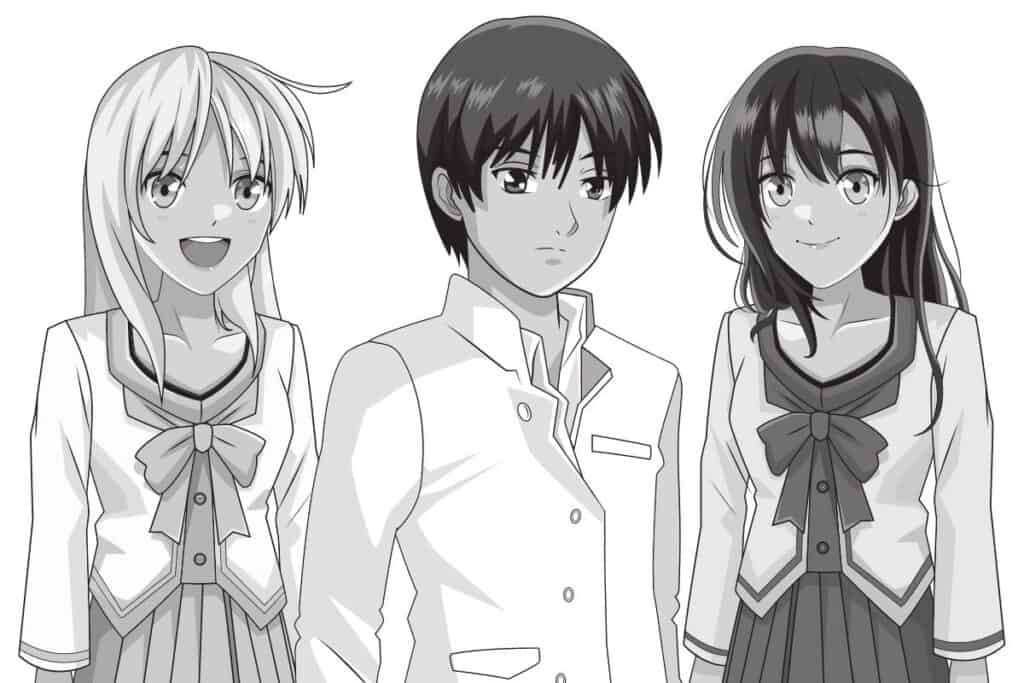
Once you have won an award and have landed an editor, you will be on your way to having your own manga series.
Before you begin entering manga awards, you must begin your story and establish yourself as a manga artist in Japan with your own work. Plan out your manga, draw it, and shop it around to get it published.
Once it’s published it is out in the world and you will gain fans and supporters who will help in your pursuit of winning a manga award or just being noticed by studios.
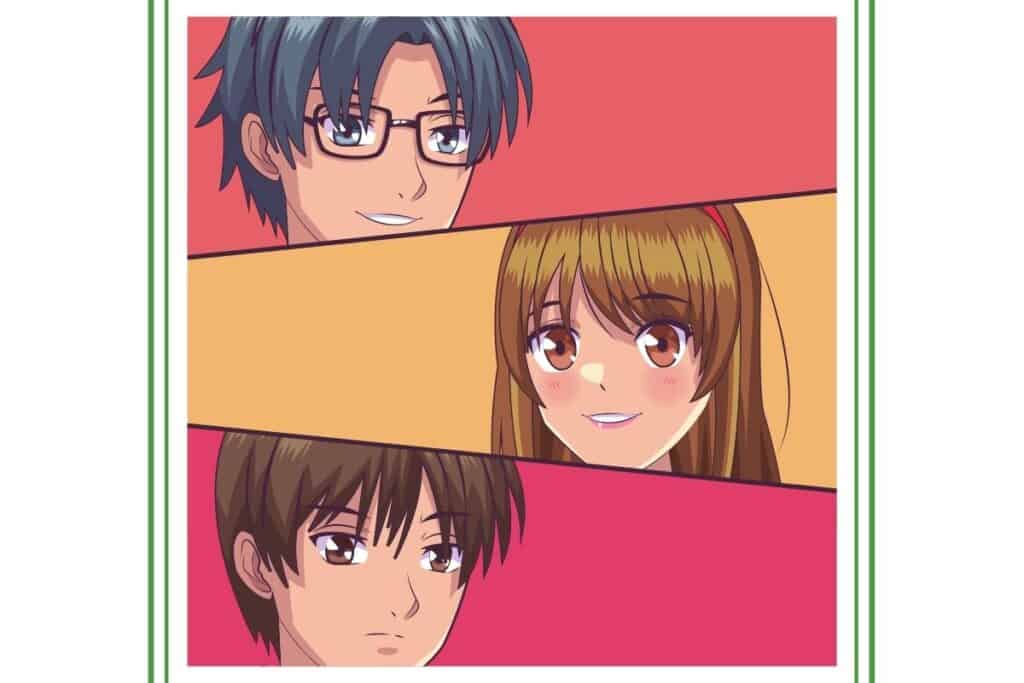
You can even self-publish your work and sell it at doujinshi markets and conventions such as Comiket. The conventions are normally for local artists to start to get their names out there in the manga and comic industry.
In general, it is best to go along and find your way through the industry the way the local Japanese manga artists would. It shows the hard work and dedication essential to working in the industry and once you achieve your goals, it will all be worth it.
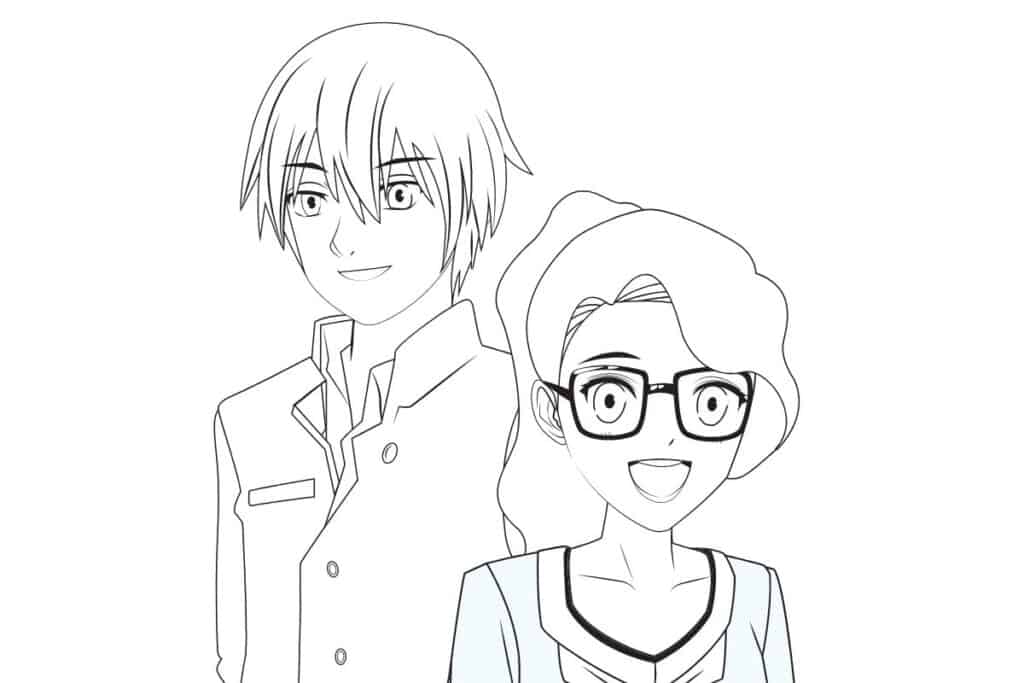
It’s all about knowing your audience and understanding the culture and building your manga with that in mind, is the only way to become successful.
Is There A School For Manga?
Yes, there are illustrator and comics classes you can attend in Japan, but they are not fully necessary. If you want to learn the basics of making comics, storytelling, and drawing manga, these are the classes for you.
Some schools even have publisher connections so you could get your hands on an internship while attending these classes.
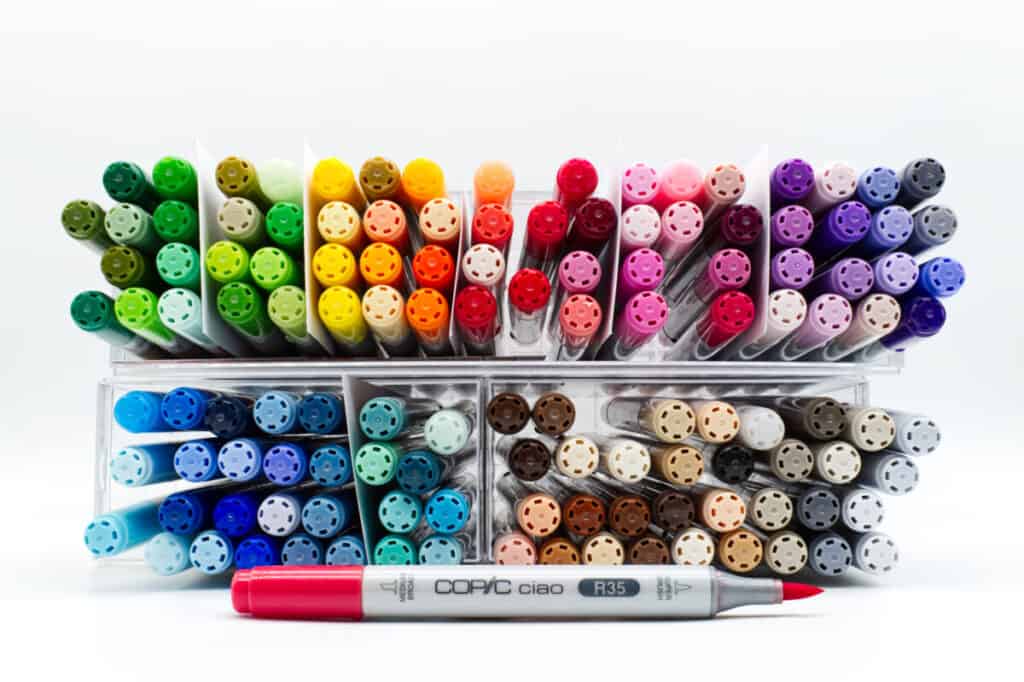
How Important Is It To Learn Japanese?
If you want to work in Japan especially as a manga artist, you will be able to pursue manga assistant positions in the beginning and those do require knowing the Japanese language.
All meetings and work-related tasks will need to have fluent communication since not a lot of Japanese people and manga artists speak English very well.
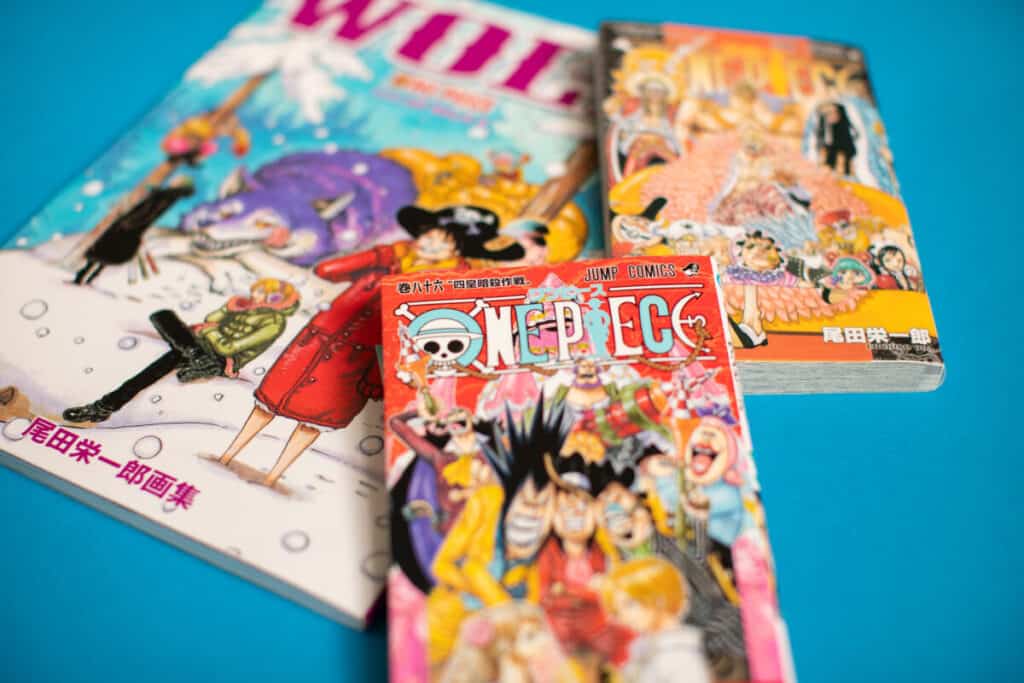
It is also recommended to have at least some speaking skills in Japanese to get around the country in general.
A lot of areas in Tokyo have English-speaking residents, but if you decide to live there and have a career in Japan, as in any country that is not your country of origin, you need to know the language.
It is also a good idea to learn about Japanese culture. Knowing about the culture will help you join the Japanese manga market more organically.
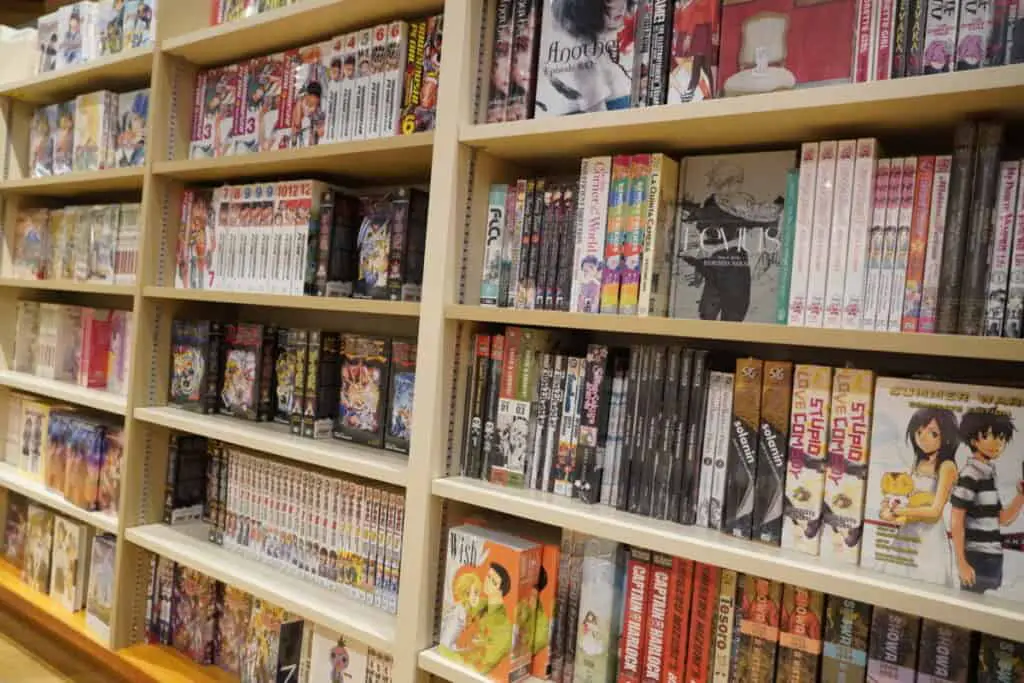
Since Japanese manga is deeply rooted in the culture of Japan, it is essential to be aware of the cultural norms so your work will be able to fit into the industry.
What Do Manga Assistants Do?
If you end up landing a position as a manga assistant, you will be helping to finish a manga and clean it up for publishing as part of the staff of a working manga artist.
If the work is published weekly, then one chapter must be dreamt up by the original artist and 15-20 pages forming a full chapter must be completed by the publishing date.
As a manga assistant, you will be outlining, adding details, drawing backgrounds, or just making the pages look less rough and more polished, along with a number of other assistants on staff.
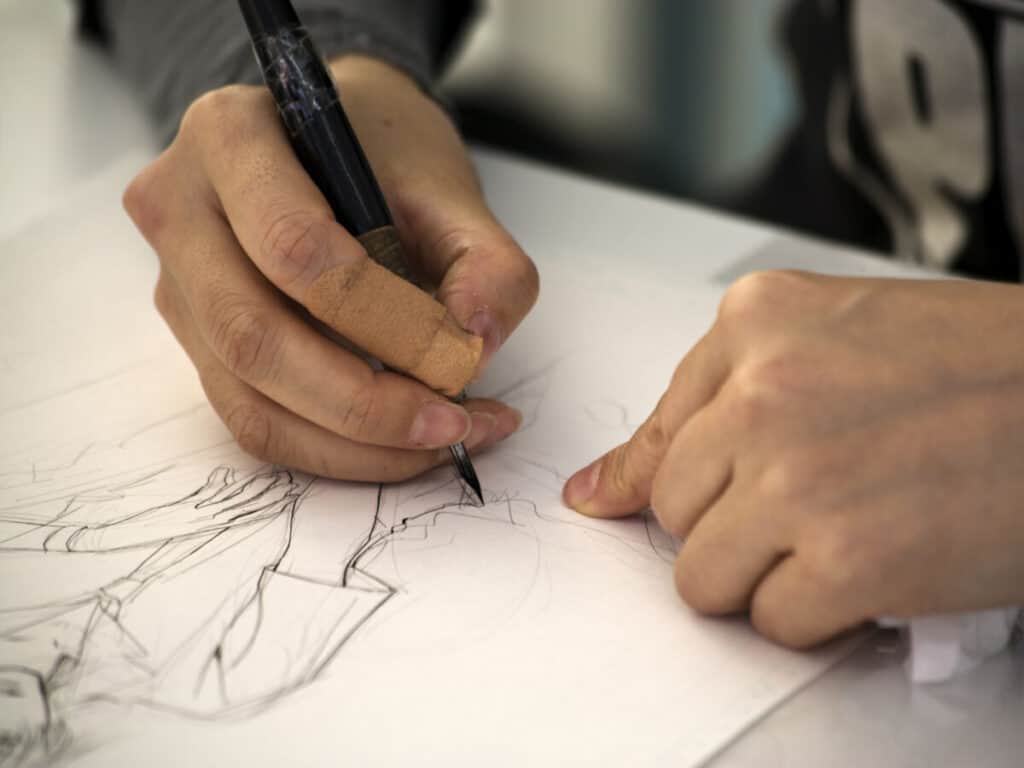
How Hard Is It To Become A Mangaka As A Foreigner In Japan?
It is about as hard as it can be to enter any specialized creative market. For foreigners in Japan, there are other struggles other than trying to become successful in the manga industry.
As mentioned before, it is essential to know your audience and be able to touch Japanese hearts with your work in order for it to sell. If the audience knows right off the bat that the artist is foreign they might not even pick up the story to read it, but if the story is engaging enough, anything is possible.
The idea of foreigners taking on a cultural art form can be a bit of a turn-off for some Japanese fans and that is a reason a lot of foreign artists aren’t able to make it in the manga industry, but this standard is changing as the years go by.
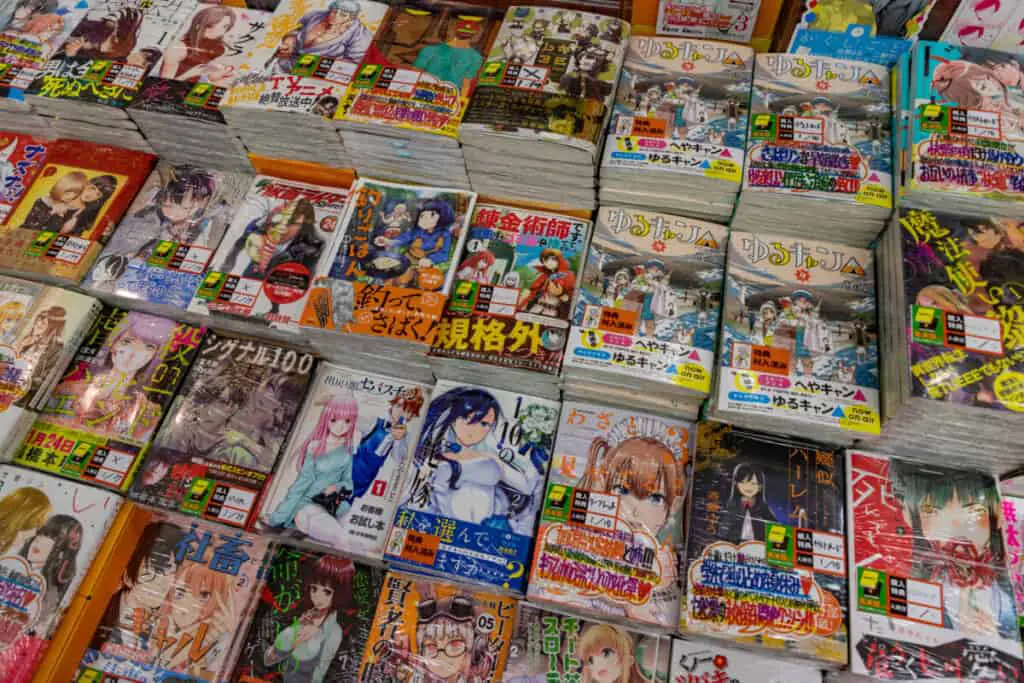
Who Are Some Known Foreign Mangaka?
Yes, there are many foreign manga artists in the industry that have produced popular works and have even had them adapted into anime series. The first example of this is Boichi (Mujik Park) from South Korea who created the Shounen Jump hit “Dr. Stone”.
He began his career in South Korea drawing for a Korean audience with manhwa comics. He then moved to Japan to transfer his skills to the Japanese manga market and put Dr. Stone into the success it gained up until now.
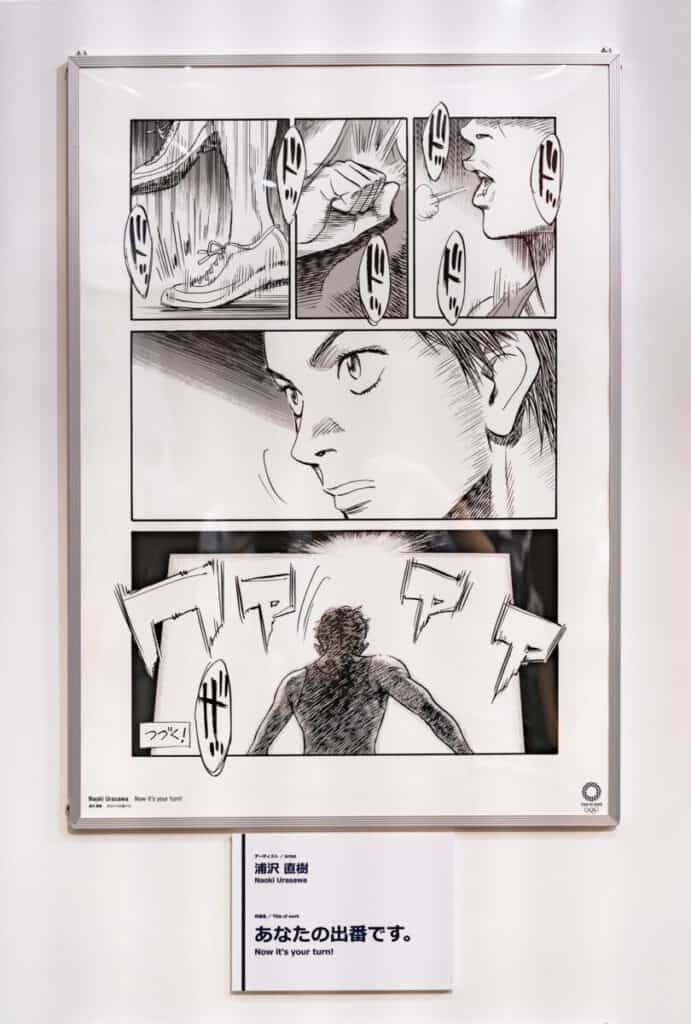
Another example is the artist behind the hit series Radiant, Tony Valente. Tony was born and raised in France and had originally published his series with a company by the name of Ankama. The company is known for publishing series like “Wakfu” and “Dofus”, among others.
Tony’s work gained traction and even caught the notice of studios in Japan where it was also licensed by Viz Media where it was translated into multiple languages. Studio Lerche (“Assassination Classroom”) adapted it into a full anime series.
The next example of a foreign Mangaka is Åsa Ekström from Sweden. Her first published manga was “That’s What Åsa Found in Japan” (2015), a diary manga about living in Japan. She won the Gaiman award for foreign comic artists in that same year.

She then published a second volume of “That’s What Åsa Found” along with an original trilogy called “Goodbye September”. Åsa continues to publish little slice-of-life comics about living and working in Japan on her Instagram.
Other foreign Manga artists are Lee Jong Hui, aka “S.I.U” also of South Korea who created “Tower Of God” that has since been adapted into an anime, Felipe Smith from America best known for “Peepo Choo”, and Shangomola Edunjobi of the United Kingdom who is best known for his African coming-of-age story “Miseyieki”.
The more well-known names in the manga industry who are not of Japanese descent are few and far between but they sure have made their impact in the Japanese manga industry.










